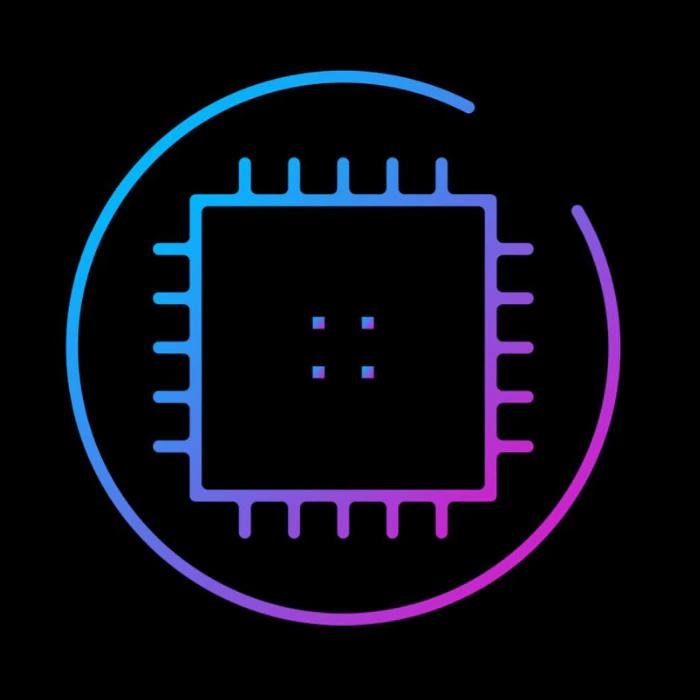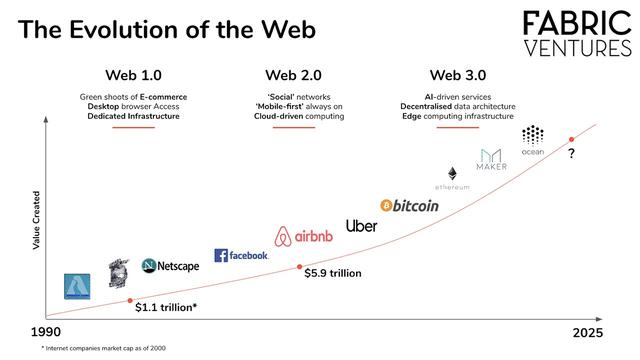
By cuterose
Tech Startups Leading New Wave of Industrial Safety
In December of last year, 24 workers in an Amazon warehouse were injured after an automated machine punctured a 9-ounce bear repellent can. Luckily, none of the affected staff suffered life-changing injuries, however, it is pretty ironic that automated machines like the one involved in the accident are supposed to be improving worker safety in their plants, not reducing it.
Despite manufacture and distribution giants moving steadily towards their vision of a robot-driven Industry 4.0, every year more than 2.78 million workers die as a result of occupational accidents or work-related diseases, according to the International Labour Organization (ILO). This accounts to around 150 accidents every 15 seconds.
Saikat Dey, CEO of Detroit based startup GuardHat argues that the reason construction and manufacturing jobs remain so deadly is that the technology in this sector has evolved very little over the past 50 years in comparison to enterprise software and consumer tech markets. And if American companies are still failing to keep their workers safe, one can only imagine the situation in countries with less strict workplace safety restrictions.
However, over the last few years, our company has noticed a sharp spike in the launch of startups aiming to improve worker safer through innovative new technologies. In the end, it might be startups who end up solving manufacturers problems for them, for the greater good of the workers around the world:
Whether you're a nurse with back to back shifts or a factory employee working around the clock during the holiday season, occupational fatigue can have a detrimental impact on workers safety. This is especially true for laborers maneuvering heavy machinery or dangerous equipment.
Cognitive fatigue is often the cause of preventable workplace accidents, in fact, recent studies found workers suffering from fatigue are 2.9 times more likely to put themselves, or a colleague, in danger.
To tackle this, an Australian startup, Canaria, has developed a small wearable device that is placed next to the skin behind the ear of workers to alert them when they should take a mandatory break. The device monitors blood oxygen levels and heart rate using 'pulse oximetry', and can even detect harmful gases that a wearer is exposed to.
Heart rate variability is one of, if not the best indicator of cognitive fatigue, and Bodytrak, another early-stage startup has created a small non-invasive, in-ear device, to measure a workers core body temperature, heart rate, V02 and motion (including fall detection), which is then sent in real time to its cloud-based analytics platform. For example, for those working in harsh and/or remote environments, such as a building site in winter months, the Bodytrak device is able to provide early warnings in real time and enable critical intervention by managers before accidents happen.
In manufacturing and construction environments, accidents lie waiting to happen around every corner due to unforeseen hazards. This is especially true in environments when humans are working hand in hand with automated robots, and heavy machinery.

Various startups have been experimenting with advanced technologies such as IoT and machine learning to effectively predict accidents and therefore prevent them from happening. US-based startup MākuSafe has succeeded. The company's proprietary wearable technology gathers real-time environmental and motion data from workers in industries such as manufacturing, agriculture, and logistics, then interprets the data using Machine Learning to identify high-risk trends.
The system auto-records near-misses proactively targets resources to specific conditions and occurrences and streamlines compliance reporting. Not only does the MākuSmart dashboard help safety managers increase efficiency, but insurance carriers can also use the data collected by the wearables to create more accurate P&C policies for businesses and access detailed information for workers' compensation policies. It's also an effective tool for insurance brokers looking to implement risk control strategies and reduce client loss trends.
IoT wearables have also proved to intervene in dangerous situations in real time. Guardhat, for example, combines proprietary software with an Internet-enabled hardhat to help remotely track what workers are looking at. The smart PPE is entering the industrial market first, but the company sees other future use cases for its technology, such as military, first responder, and even consumer applications.
Smart headsets to prevent harmful noise exposure
The Occupational Safety and Health Administration (OSHA) have reported that 22 million workers are exposed to potentially damaging noise at work each year. EAVE, a UK-based startup, has come up with a solution to ensure workers are kept safe and connected when working in hazardous and loud industrial environments.
The startup launched its "hearable" technology earlier this year—a headset worn by workers which gathers data about onsite noise levels while protecting the wearer from excessive noise. The data is automatically reported on a cloud-based noise monitoring platform, which produces a heat map of noise across the workplace and tracks the connected workers' exposure to noise.
The system ensures that dangerous doses of noise exposure can be avoided to prevent noise-induced hearing loss, and tinnitus (ringing in the ears). It also creates an audit trail of compliance to protect companies against future occupational hearing loss claims.
Despite public perception that the oil and gas industry has been lagging with the times, entrepreneurs and tech giants have been eager to bring advanced technology into this industry. Google is attempting to spearhead green energy projects, and Microsoft and ExxonMobil are pioneering AI ventures. However, when it comes to worker safety, it's startups who are leading the way.
Rebellion Photonics uses real-time gas detection video cameras that are based on proprietary hyperspectral imaging technology to capture both visible spectrum and infrared video. This allows them to monitor, quantify, and display explosive, harmful gas leaks as they occur from as far as two miles away. The systems can instantly detect what gases are leaking and how much is leaking, allowing the user to assess the situation and prevent worker exposure.
Distran, a startup working in a similar field, has even been able to turn the noise made by gas leaks into an image that can be overlaid to a video of the scene. While traditional acoustic sensors are usually used for this purpose, they are limited by background sounds in usual industrial environments. Disran's phased-array sensors, however, overcome this limitation by spatially filtering sounds, making it possible to locate leaks and discharges, from a safe distance.
By 2020 the industrial safety market is estimated to reach $3.76 billion. The poor safety record of manufacturers and distributors around the world, presents an opportunity for innovative startups to step in an make real changes which could ultimately save thousands of lives each year.
And with Amazon having recently crossed the trillion dollar mark, there is little doubt that employers can afford to adopt this technology. Whether they do so, is an entirely different matter.









